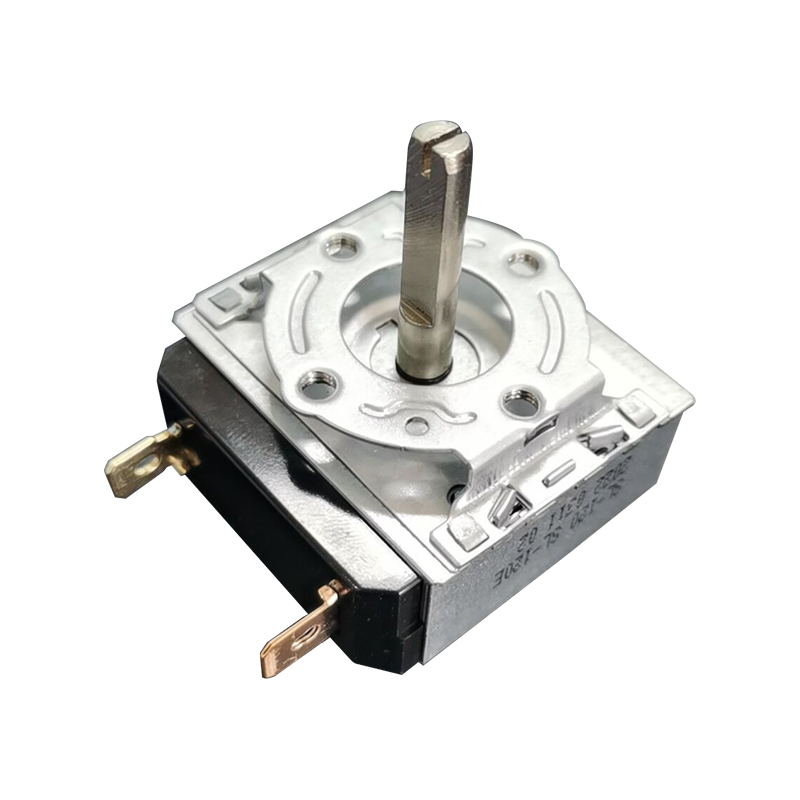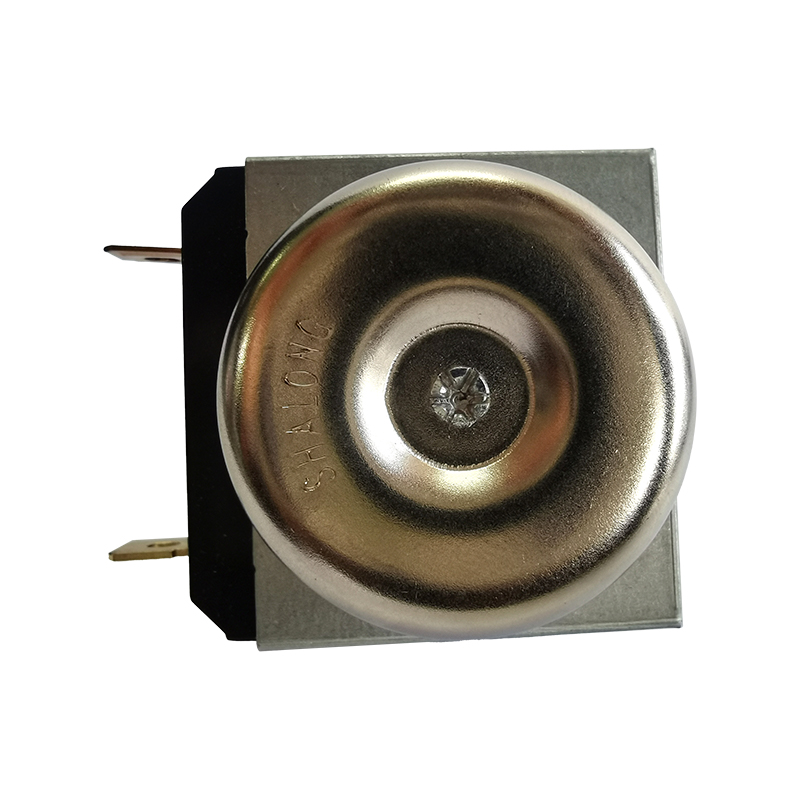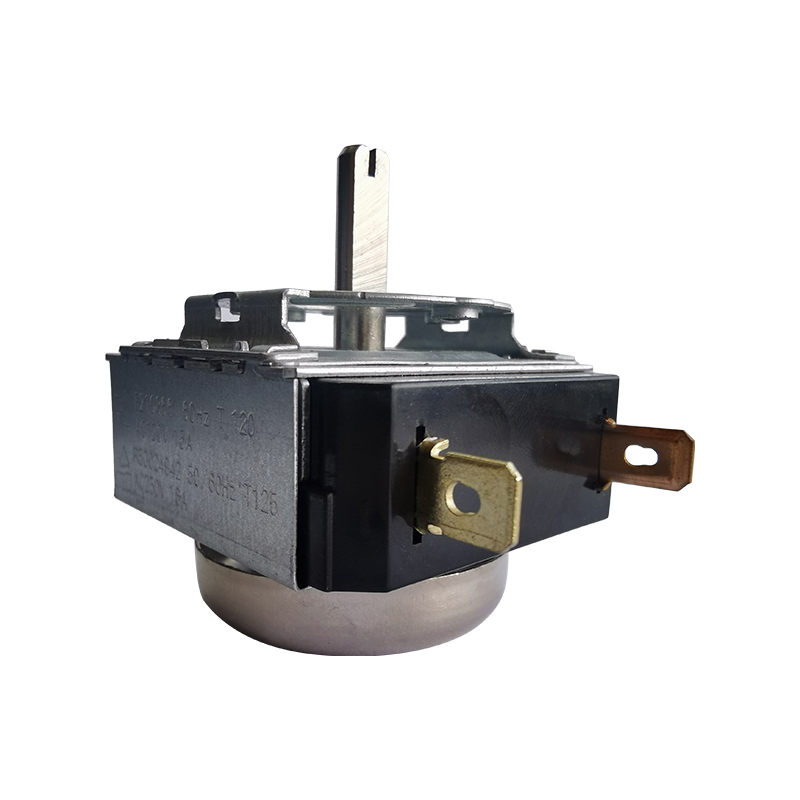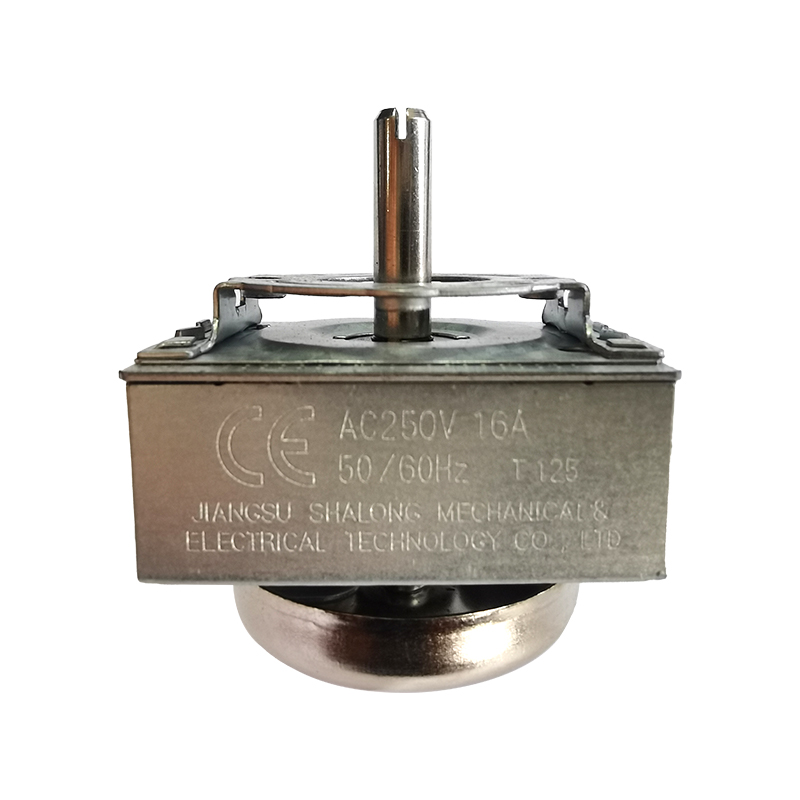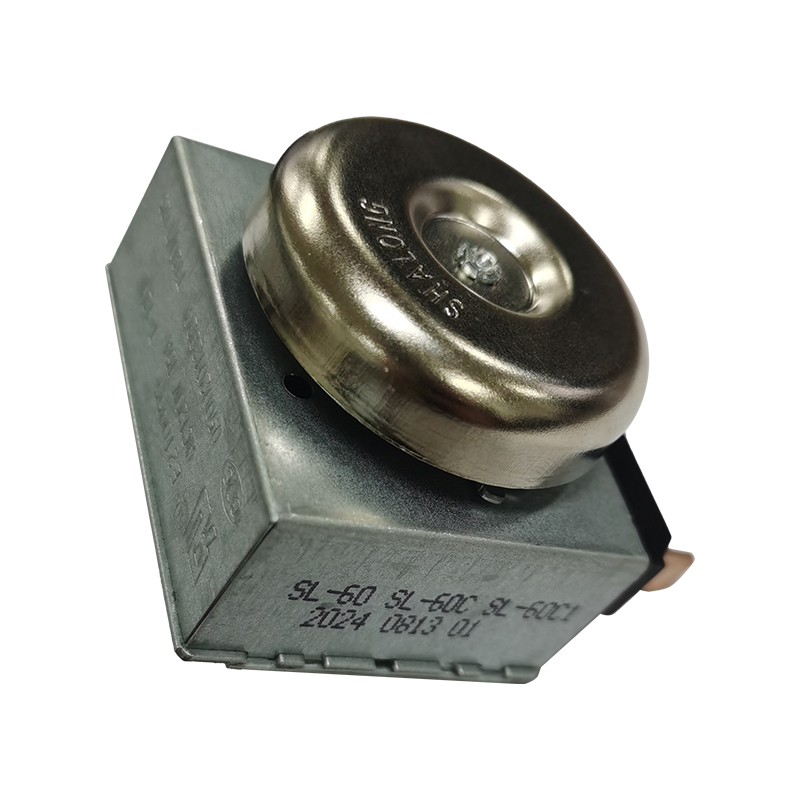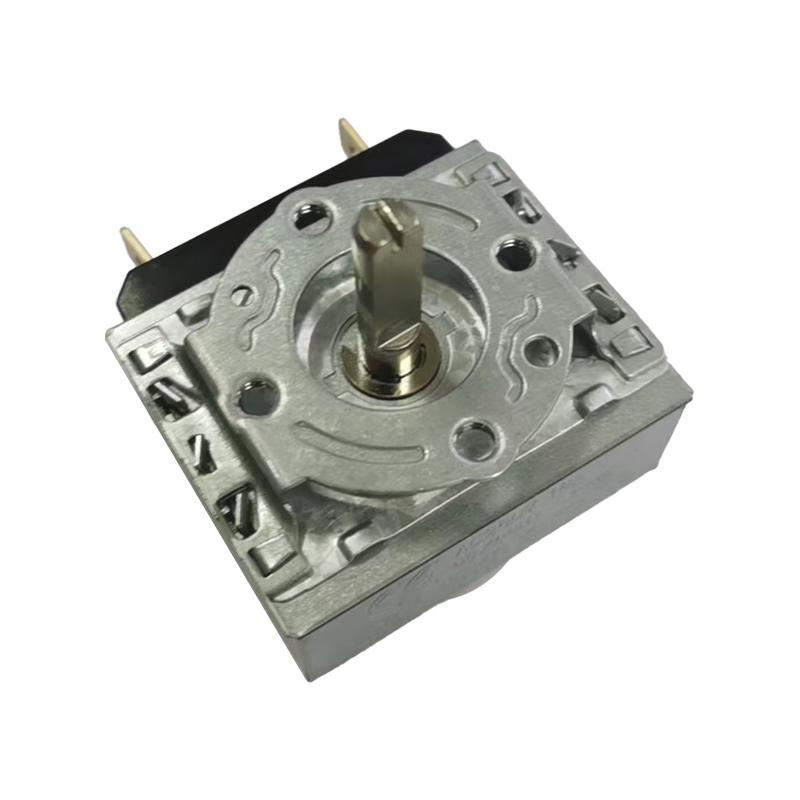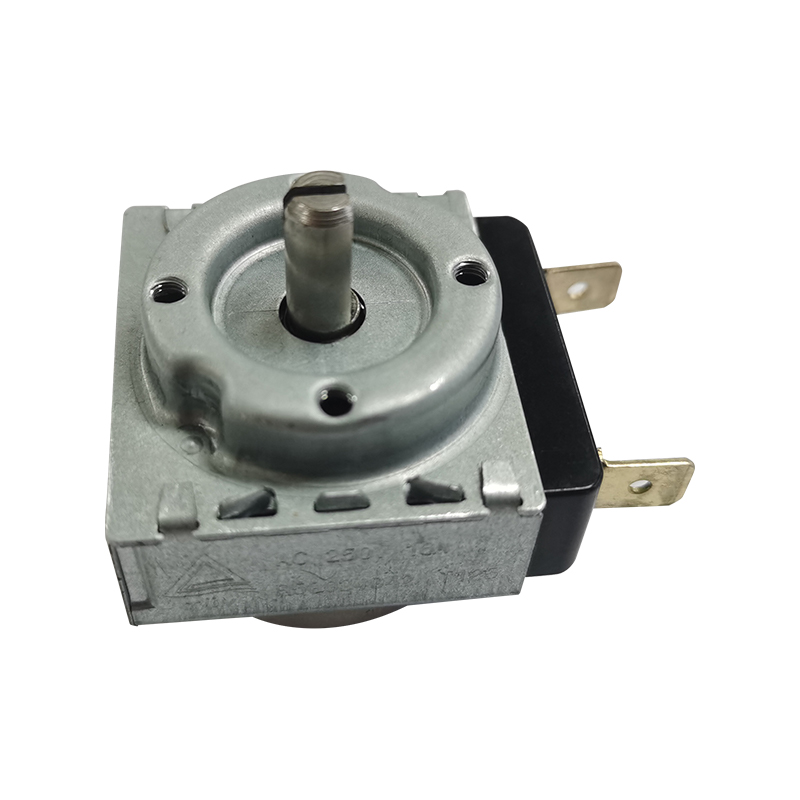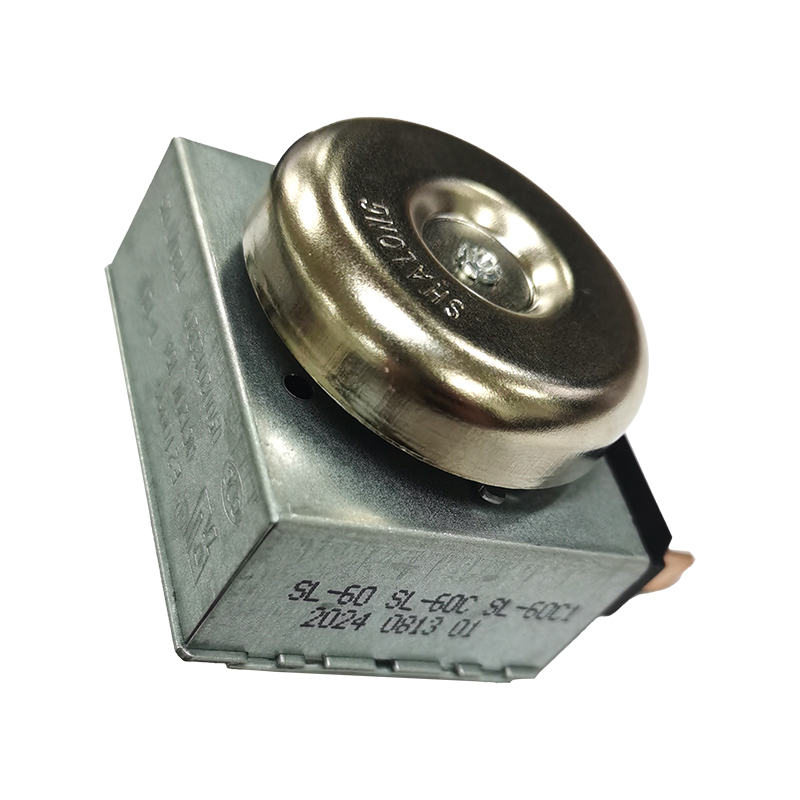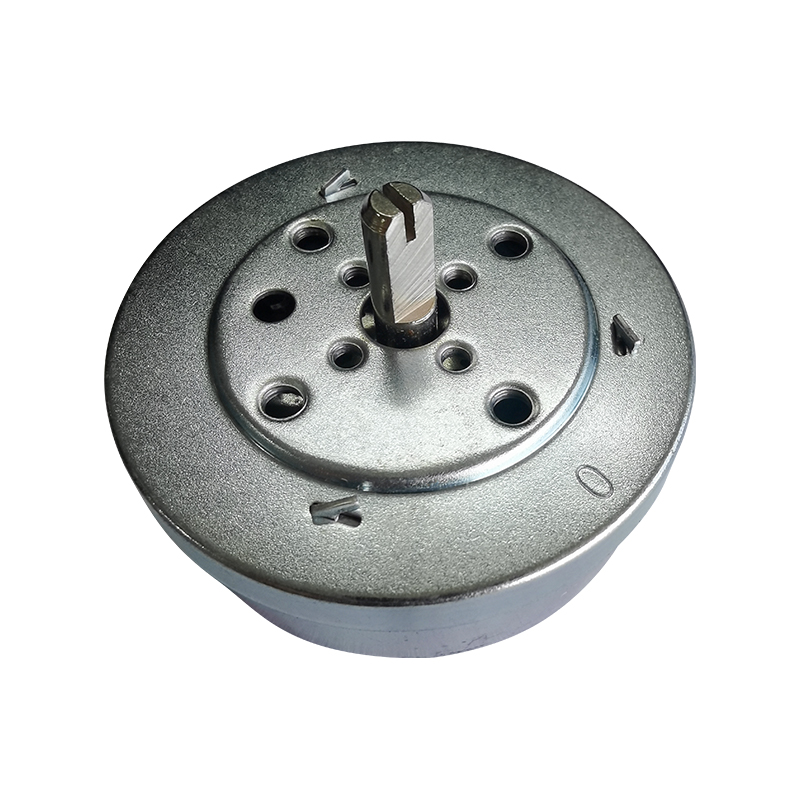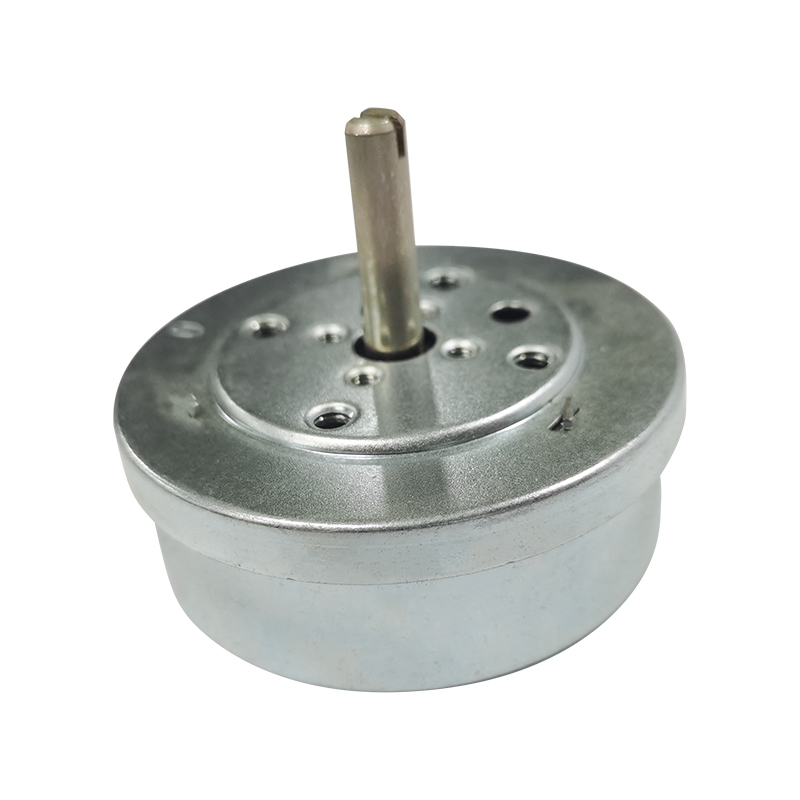The Home Appliance Metal Mechanical Timer clearly indicates that the operating temperature range is -10°C to +125°C. This parameter shows that the timer has been optimized for adaptability to extreme temperature environments during the design phase, especially for high temperature tolerance. Its operating range covers high temperature scenarios that household appliances may face (such as the temperature inside the oven, the temperature in the summer of a closed kitchen space, etc.), and a safety margin is reserved.
The key components inside the timer (such as contacts, springs, and gear sets) must be made of high temperature resistant materials to ensure that there is no deformation or performance degradation in an environment of 125°C. The outer shell and internal insulation materials must comply with flame retardant standards such as UL94 V-0 to prevent short circuits or fires caused by high temperatures. The risk of mechanical jamming caused by high temperatures is reduced by combining materials with matching thermal expansion coefficients.
If aluminum alloy or copper is used, its thermal conductivity (aluminum is about 237 W/(m·K), copper is about 401 W/(m·K)) is much higher than that of plastic, which can quickly transfer internal heat to the external environment. The contact area usually reduces resistance and heat generation by increasing the contact area and optimizing the welding process.
Some timer shells are designed with heat dissipation fins to increase the surface area to improve air convection efficiency. The internal layout avoids dense stacking of components and reserves air circulation paths, such as natural convection through gear shaft holes or shell through holes. Use thermal insulation gaskets or physical isolation for temperature-sensitive components (such as plastic knobs and grease) to prevent high temperature conduction. In ovens, microwave ovens and other devices, timers are usually physically isolated from heat sources and only withstand ambient radiant heat. Taking an oven as an example, if the internal temperature reaches 250°C, the temperature at the timer installation location is usually controlled at 80-100°C, which is far below its limit.
If the local temperature of the device exceeds 125°C due to a malfunction, the timer may face risks such as contact welding and grease carbonization. At this time, it is necessary to rely on device-level protection rather than the timer's own heat dissipation. Internal short circuits may cause local overheating. Timer designs usually include fuses or thermistors to cut off the circuit when the temperature rises abnormally. In a closed environment without air flow, the timer's heat dissipation efficiency may decrease. At this time, it is necessary to ensure that the installation location is ventilated or increase the overall heat dissipation design of the device. Within the operating temperature range of the timer, its material and structural design are sufficient to cope with conventional high temperature environments. The household appliance standard has clear restrictions on the temperature of the timer installation location, which usually does not exceed its design tolerance range.



 English
English 中文简体
中文简体